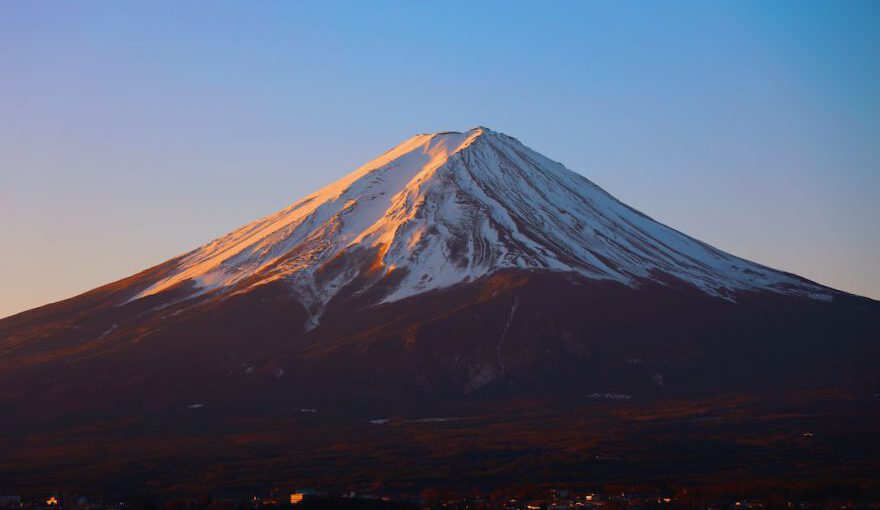Guide to Hiking Mt. Fuji
Hiking Mt. Fuji is a thrilling adventure that attracts thousands of visitors every year. As the highest peak in Japan, standing at a formidable 3,776 meters, Mt. Fuji offers breathtaking views and an unforgettable experience. However, before embarking on this journey, it is essential to be well-prepared and informed. In this guide, we will provide you with all the information you need to make your Mt. Fuji hiking trip a success.
First and foremost, it is crucial to plan your hike during the official climbing season, which typically runs from early July to mid-September. During this period, the weather conditions are more favorable, and the mountain huts are open for hikers seeking rest and shelter. It is highly recommended to avoid climbing outside of this season, as the weather can be harsh and dangerous.
Next, it is important to be physically and mentally prepared for the hike. Mt. Fuji is a strenuous climb, and hikers should be in good physical condition. Regular exercise and cardiovascular training in the months leading up to your trip will help build stamina and endurance. Mental preparation is also essential, as the hike can be physically demanding and mentally challenging at times. Visualize your success and keep a positive mindset throughout the journey.
When it comes to packing for your Mt. Fuji hike, it is essential to travel light but also be prepared for changing weather conditions. Some essential items to pack include sturdy hiking boots, layered clothing for temperature changes, a waterproof jacket, a hat, sunglasses, sunscreen, a headlamp, a first aid kit, and plenty of water and snacks. It is also advisable to bring cash, as credit cards may not be accepted at some mountain huts.
On the day of your hike, start early to avoid crowds and ensure you have enough time to reach the summit and descend safely before nightfall. Begin your ascent from one of the four main trailheads: Yoshida, Subashiri, Gotemba, or Fujinomiya. Each trail offers a unique experience and different levels of difficulty, so choose the one that suits your fitness level and preferences. Remember to pace yourself and take breaks when needed to avoid exhaustion.
As you hike, be prepared for changing weather conditions and altitude sickness. Mt. Fuji’s weather can be unpredictable, with temperatures dropping significantly at higher elevations. Dress in layers and be ready to adjust your clothing accordingly. Altitude sickness can also be a concern, especially if you ascend too quickly. Take your time, hydrate frequently, and listen to your body. If you experience severe symptoms such as dizziness or difficulty breathing, descend immediately.
Reaching the summit of Mt. Fuji is an awe-inspiring accomplishment. As you stand atop the mountain, take a moment to soak in the panoramic views and marvel at the beauty of nature. Capture the moment with photographs, but remember to also savor the experience with your own eyes.
Descending from Mt. Fuji can be just as challenging as the ascent. Take caution on the steep and rocky terrain, and use trekking poles for stability. It is advisable to descend the mountain using a different trail than the one you ascended to add variety to your hike.
In conclusion, hiking Mt. Fuji is a remarkable adventure that requires careful planning and preparation. By following this guide and being physically and mentally prepared, you can have a safe and enjoyable experience on this iconic mountain. Embrace the challenge, marvel at the beauty, and create memories that will last a lifetime.





